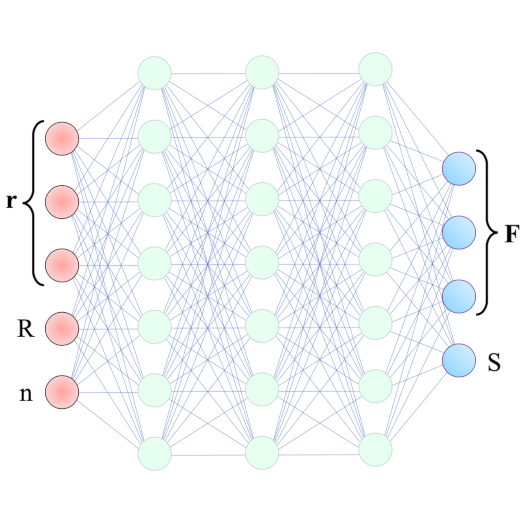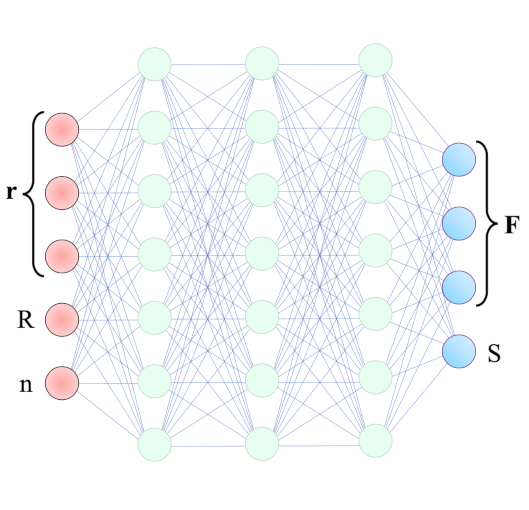
Agnese Callegari, Mathias Samuelsson, Antonio Ciarlo, Giuseppe Pesce, David Bronte Ciriza, Alessandro Magazzù, Onofrio M. Maragò, Antonio Sasso, Giovanni Volpe
Submitted to SPIE-ETAI
Date: 23 August 2022
Time: 13:40 (PDT)
Intracavity optical tweezers have been proven successful for trapping microscopic particles at very low average power intensity – much lower than the one in standard optical tweezers. This feature makes them particularly promising for the study of biological samples. The modeling of such systems, though, requires time-consuming numerical simulations that affect its usability and predictive power. With the help of machine learning, we can overcome the numerical bottleneck – the calculation of optical forces, torques, and losses – reproduce the results in the literature and generalize to the case of counterpropagating-beams intracavity optical trapping.
